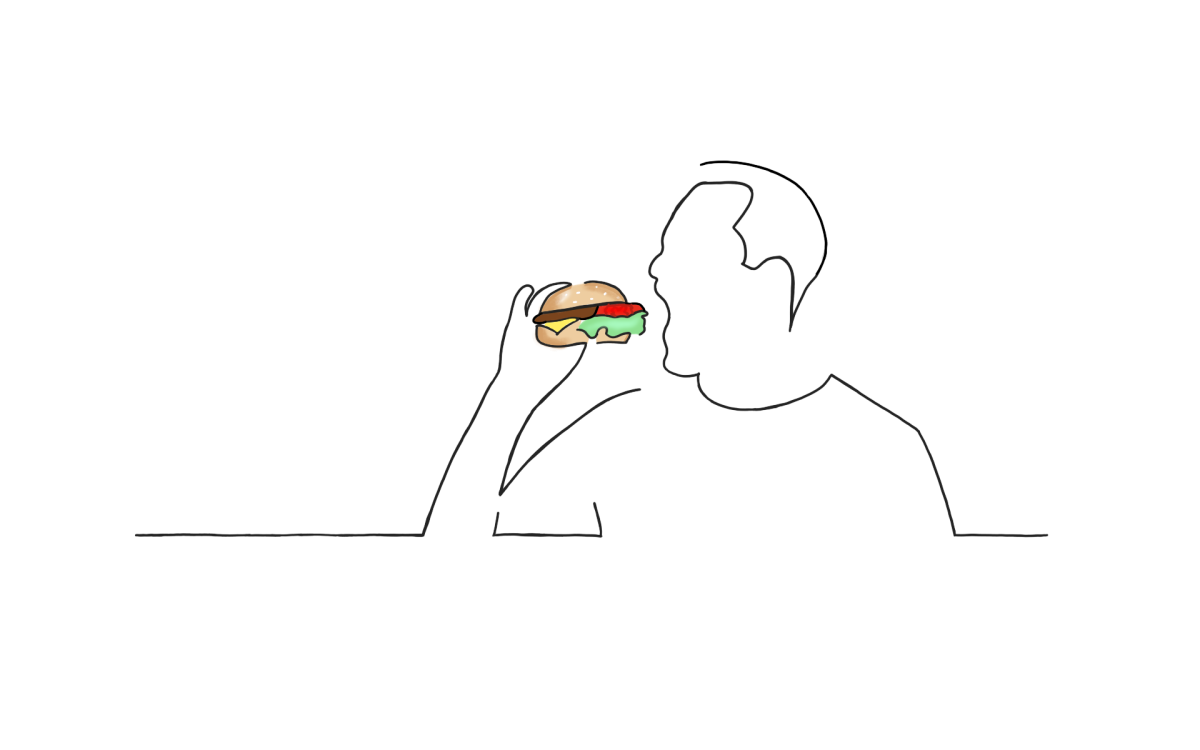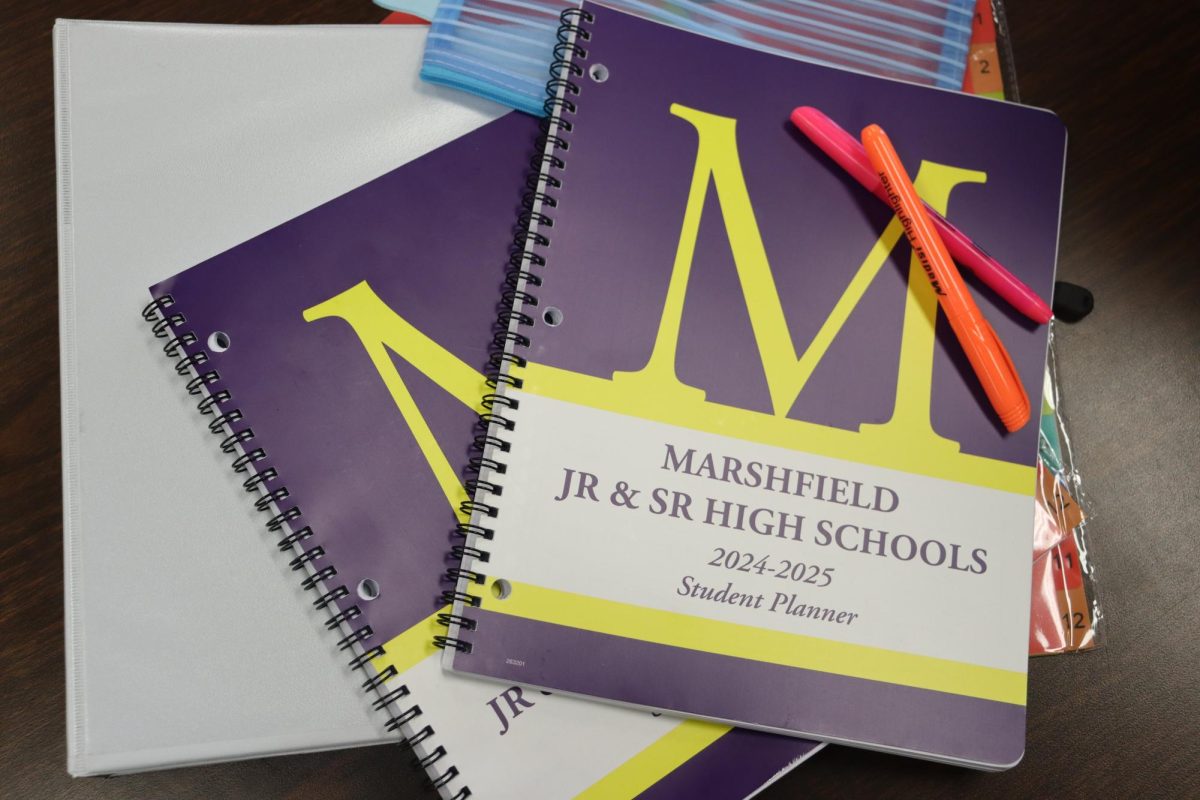A taste of culture
Cultures around the world have several different aspects that make them unique, such as tradition, family, and religion. These aspects make people feel connected to their culture which can give people a sense of belonging and identity. Another important aspect that makes people stay connected to their cultures and ethnic groups is food. Traditional cuisine brings family and friends together and connects individuals with their heritage as recipes are passed down from generation to generation.
In Indian culture, sitting down and enjoying a meal with your family is an important part of the day. Meals are supposed to be enjoyed in social groups until everyone is fully satisfied and is typically served family style. Indian food is known for using an abundance of herds and a blend of fragrant spices. Different regions of India have their own traditions. Muslims tend to have meat in their dishes, but no pork, and Hindus are usually vegetarian. Food is also used as a way to celebrate life and honor the dead.
Dining etiquette in culture is important. It shows tradition, upbringing, and manners. Traditionally, food is eaten with the hands in India. Eating is supposed to be a sensory experience. The tips of the fingers are used and it is said that the nerve endings stimulate digestion. Some also say that food tastes better when eaten with your hands. Always eat with your right hand, it is seen as disrespectful and dirty to eat with the left. The left hand is usually used for passing dishes and drinking water. Hands are always washed and dried before and after the meal.
The traditional dish I decided to prepare is dal makhani, which is a lentil dish with black urad dal (black lentils) and kidney beans (rajma), cooked with tomatoes, onions, and several spices. Dal makhani originates from Punjab, located in northern India, in 1947. There are many different ways to prepare this dish and it is typically served the next day to let the flavors fully develop. I made garlic naan bread which beautifully paired with the dish and is quite popular to assist in eating liquid food with your hands. Dal is also commonly paired with basmati rice.
Cooking this meal was a fun experience and I would recommend it to anyone looking to explore with flavor. The dish was full of flavor and a little spicy but the spice levels could be adjusted to suit an individual’s pallet. Some of the ingredients in this recipe were difficult to find, so I had to get creative with substitutions. If I were to make this meal again, I would try the smoky technique which is how it is traditionally done. I prepared this with a loved one and we learned a lot along the way. Cooking with others is an activiy that is special to me and many others around the world. It’s a great way to bond with the ones you care about, teach younger generations, and keep culture alive.
Your donation will support the student journalists of Marshfield High School. Your contribution will allow us to purchase equipment and cover our annual website hosting costs.

Senior Makenna Weatherly is new to journalism this year. She is also a senior representative of ASB, a member of National Honor Society, and is a senior...


























